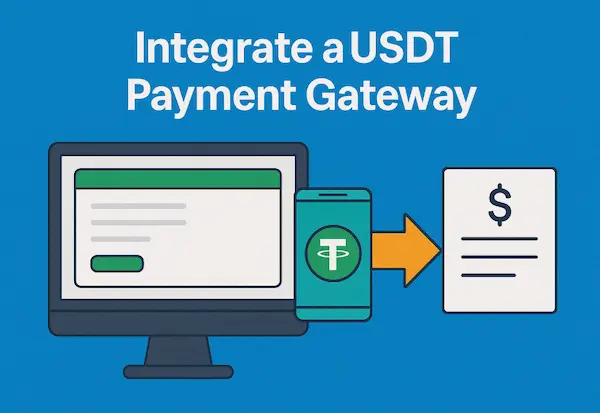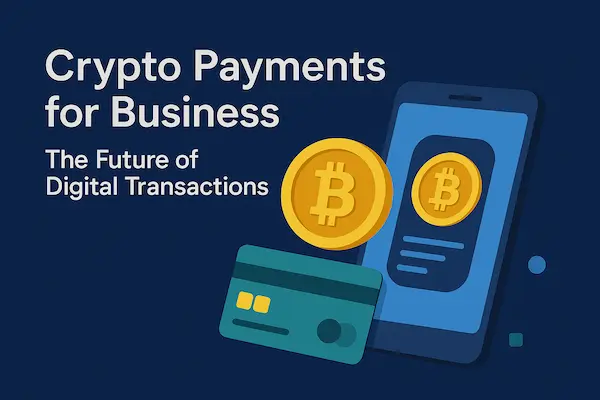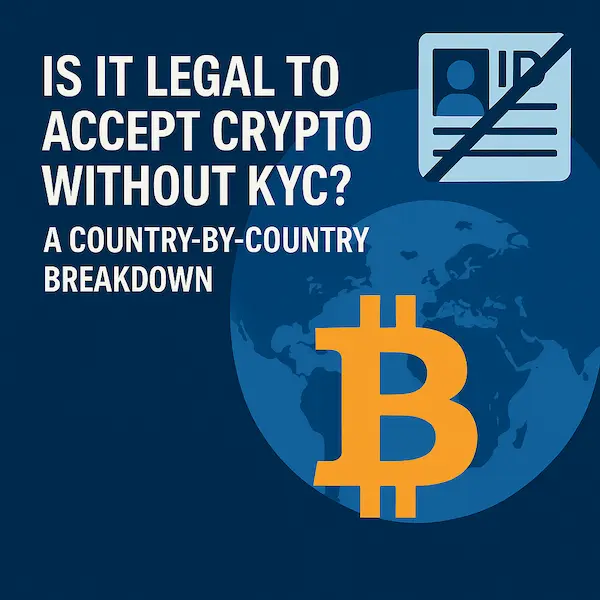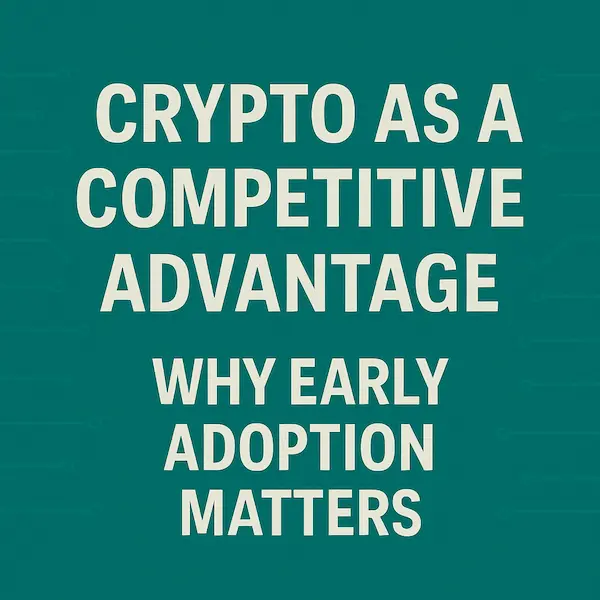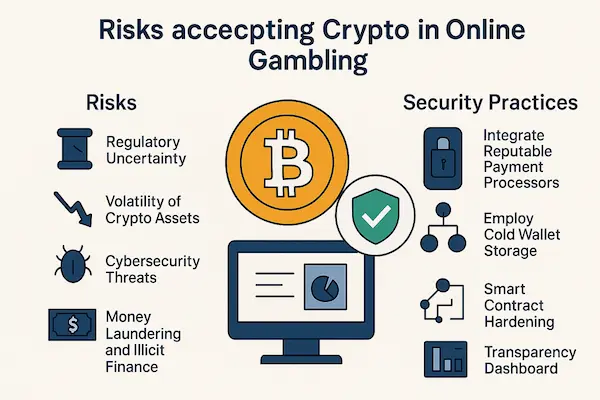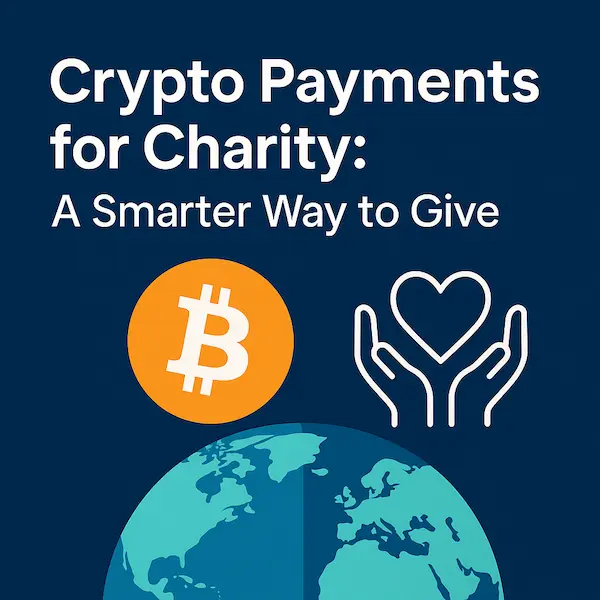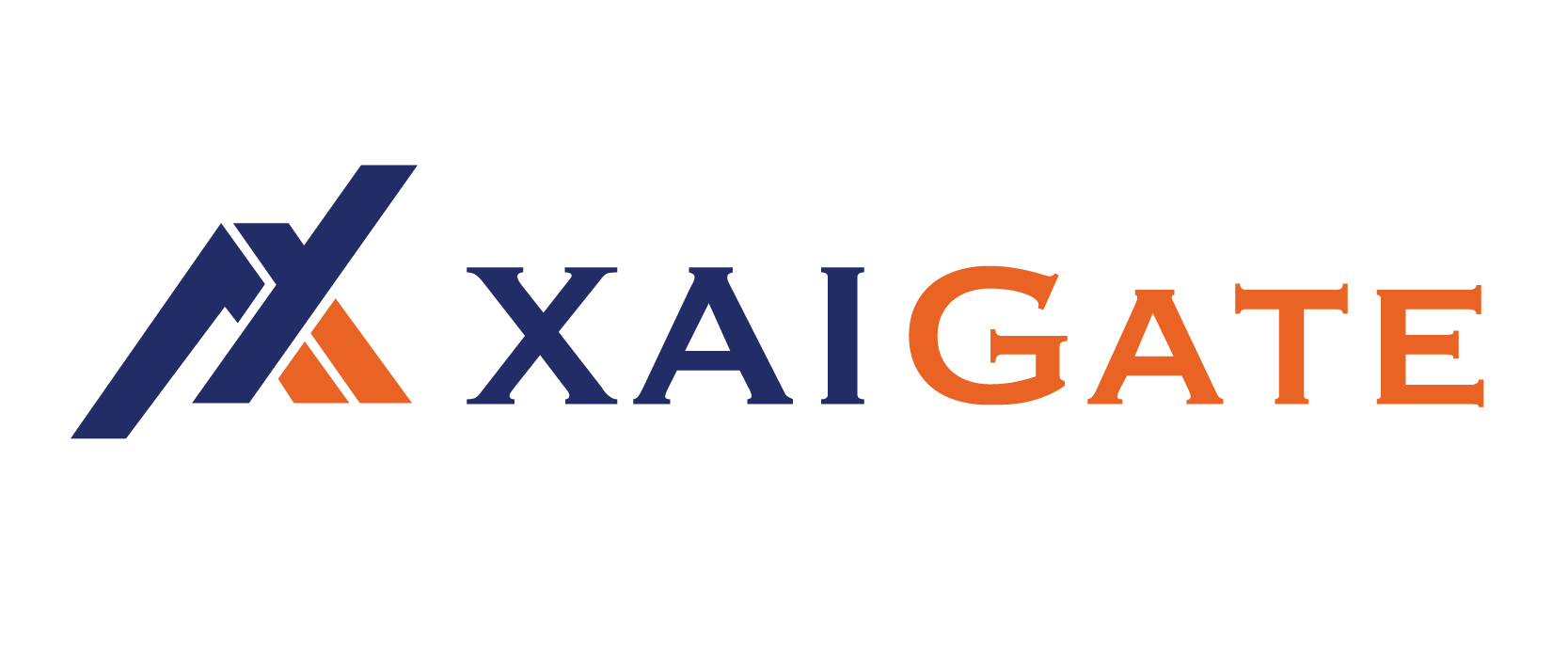As stablecoins continue to dominate the crypto transaction space, USDT (Tether) has emerged as a leading choice for businesses seeking fast, low-fee, and borderless payments. For developers, fintech startups, SaaS platforms, and e-commerce operators, integrating a USDT payment gateway is no longer a niche feature—it’s becoming a standard.
In this comprehensive guide, you’ll learn how to integrate a USDT payment gateway into your website or app, with best practices, technical options, security considerations, and compliance tips.
Contents
- 1 What Is a USDT Payment Gateway?
- 2 Why Should Businesses Accept USDT Payments?
- 3 Key Components of a USDT Payment Gateway
- 4 4. Choosing the Right Blockchain Network
- 5 Step-by-Step Integration Guide
- 6 API vs Plugin Integration
- 7 Webhook, Callback, and Real-time Notification Setup
- 8 Security & KYC/AML Considerations
- 9 Testing in Sandbox Environment
- 10 Deployment, Monitoring & Troubleshooting
- 11 XAIGATE: A Turnkey USDT Payment Gateway Solution
- 12 Frequently Asked Questions (FAQ)
- 13 Final Thoughts
What Is a USDT Payment Gateway?
A USDT payment gateway enables your platform to receive payments in USDT. It acts as a bridge between your application and the blockchain network, allowing users to pay in stablecoin while ensuring you receive accurate, real-time notifications of every transaction.
Key features include:
- Instant payment verification
- Multi-chain compatibility (TRC20, ERC20, BEP20)
- Secure wallet integration
- Transaction tracking and dashboards
Some gateways (like XAIGATE) also provide fiat settlement, multi-chain support, and analytics dashboards.

Why Should Businesses Accept USDT Payments?
Here are key benefits of integrating a USDT payment gateway:
- Stability: Unlike BTC or ETH, USDT is pegged 1:1 to USD
- Low Fees: Especially on TRC20 (Tron) or BEP20 (BSC)
- Faster Transactions: Finality within seconds
- Global Reach: No need for bank accounts or fiat rails
- Privacy: No credit card or personal info required from customers
- Crypto-native Audience: Web3 users expect stablecoin options
Key Components of a USDT Payment Gateway
To integrate a USDT payment gateway on your website or app, you need:
- Blockchain wallet: Hot or custodial wallet to receive USDT
- Gateway API or plugin: Provided by XAIGATE or similar
- Smart contract interaction: Optional for advanced automation
- Webhook system: To update order/payment status in real-time
- Admin dashboard: To monitor transactions and issue refunds
4. Choosing the Right Blockchain Network
Easy to integrate a USDT payment gateway on website or app and USDT is available on multiple chains:
| Network | Speed | Fee | Popular Use |
|---|---|---|---|
| TRC20 (Tron) | Fast | Low | Most popular for low-fee payments |
| ERC20 (Ethereum) | Moderate | High | High-security transactions, DApps |
| BEP20 (Binance) | Fast | Low | Efficient for BSC ecosystem apps |
Recommendation: Use TRC20 unless you require Ethereum compatibility.
Step-by-Step Integration Guide
Step 1: Choose a USDT Gateway Provider
- XAIGATE, CoinPayments, NOWPayments, etc.
- Prefer providers with support for TRC20/BE20
Step 2: Register and Get API Keys
- Create a business account
- Configure API key, callback URL, whitelist IP
Step 3: Set Up Wallet Address
- Use a wallet controlled by your business
- For higher security, use a custodial provider
Step 4: Connect Your Website/App
- Insert API key and secret into your server config
- Initiate payment requests via HTTPS calls
- Create a
payment/invoiceendpoint
Step 5: Configure Webhook (Callback)
- Create an endpoint to receive payment status updates
- Validate the signature of callback (HMAC or token)
- Update order/payment status in your database

API vs Plugin Integration
| Method | Suitable For | Pros | Cons |
| API | Custom apps, SaaS, advanced control | Full flexibility, brand control | Requires dev resources |
| Plugin | WooCommerce, Shopify, WordPress | Easy to install | Limited customization |
Webhook, Callback, and Real-time Notification Setup
Webhook is critical for automation. Here’s how to do it:
- Use HTTPS for security
- Set secret token/HMAC signature
- Respond with HTTP 200 OK quickly
- Log all webhook requests
Test your webhook using Postman or curl before going live.
Security & KYC/AML Considerations
- HTTPS and API signature for all communication
- Token whitelisting/IP filtering on server
- Use cold wallet withdrawals for accumulated funds
- Respect local crypto regulations
- Log all user actions for compliance
XAIGATE supports KYC-optional setup, Integrate a USDT Payment Gateway into Your Website or App, allowing flexible onboarding.
Testing in Sandbox Environment
Always test before going live:
- Use testnet USDT (e.g., Shasta for Tron)
- Simulate failed/partial transactions
- Monitor webhook behavior
- Test refund/chargeback flow (if supported)
Deployment, Monitoring & Troubleshooting
Post-deployment:
- Use real-time monitoring tools (UptimeRobot, Statuscake)
- Track confirmation times and failed transactions
- Send alert for delayed webhooks
- Rotate API keys regularly
XAIGATE: A Turnkey USDT Payment Gateway Solution

XAIGATE offers:
- Multi-chain support (TRC20, ERC20, BEP20)
- Real-time settlement with webhook
- Developer-friendly REST API
- Dashboard for transaction management
- Easy plugin for WordPress/WooCommerce
👉 Learn more: https://www.xaigate.com/usdt-payment-gateway-for-business/
Frequently Asked Questions (FAQ)
1. What is the best blockchain network for USDT payments?
Answer: TRC20 (on the Tron network) is generally the best choice due to its extremely low transaction fees and fast confirmation times. It’s widely adopted for merchant payments.
2. Do I need to register a business to accept USDT payments?
Answer: Not necessarily. Some payment gateway providers like XAIGATE allow individuals and freelancers to start accepting USDT without registering a business. However, higher-volume users may need to complete KYC verification.
3. Can USDT payments be automatically converted into fiat currency?
Answer: Yes. Certain gateways offer auto-conversion to fiat currencies like USD, EUR, or local currency (e.g., VND) through integration with crypto exchanges or OTC partners.
4. How fast are USDT payments processed?
Answer: On TRC20 and BEP20 networks, transactions typically settle within 5–30 seconds. On ERC20, it may take 1–3 minutes depending on gas fees and network congestion.
5. Is it legal to accept USDT payments for my business?
Answer: In most jurisdictions, yes. USDT is considered a digital asset or means of payment. Still, you should comply with your country’s crypto laws regarding taxation, reporting, and consumer protection.
Final Thoughts
Integrating a USDT payment gateway is no longer reserved for crypto-native businesses—it’s fast becoming a mainstream solution for global payments. With stablecoin adoption growing and transaction fees dropping, now is the best time to add USDT support to your app or site.
For fast integration, regulatory safety, and professional support, XAIGATE is a trusted partner for businesses of all sizes, easy and fast to Integrate a USDT Payment Gateway into Your Website or App.
For daily updates, subscribe to XAIGATE’s blog!
We may also be found on GitHub, and X (@mxaigate)! Follow us!
Don’t miss out on the opportunity to elevate your business with XAIGATE’s USDT payment gateway integration. The three-step process is designed to be user-friendly, making it accessible for all businesses. Embrace this modern payment solution to provide customers with a secure and efficient way to pay. Take the first step towards a competitive edge in the digital realm and unlock the benefits of cryptocurrency payments for online casino today.

